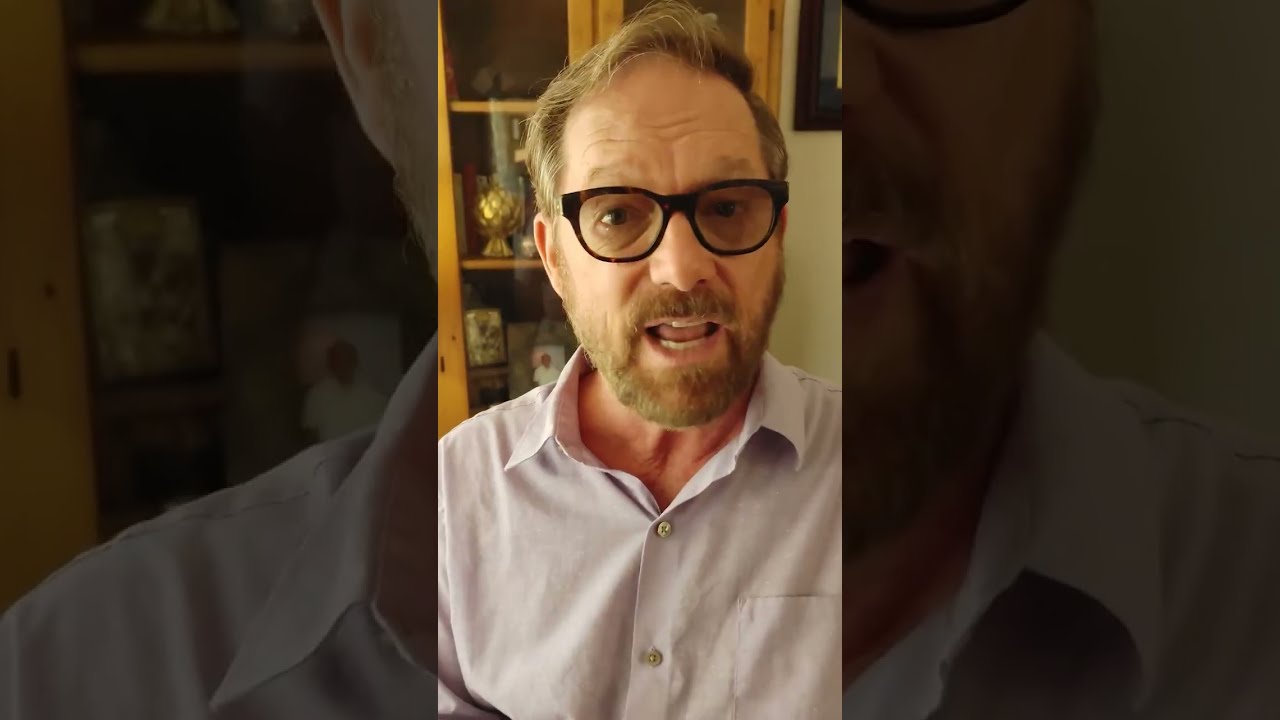
Breaking Free from Dismissive Avoidant Attachment: A Journey towards Emotional Healing
Introduction
Breaking free from dismissive avoidant attachment can be a challenging and transformative journey towards emotional healing. This article aims to provide insights, guidance, and support for individuals who are navigating through the complexities of dismissive avoidant attachment and seeking to break free from its grip. By understanding the signs, dynamics, and strategies involved in this attachment style, individuals can embark on a path towards healing, personal growth, and the development of healthier relationships.

Understanding Dismissive Avoidant Attachment
Dismissive avoidant attachment is one of the four attachment styles identified in psychology. It is characterized by a tendency to suppress emotions, maintain emotional distance, and avoid intimacy in relationships. Individuals with dismissive avoidant attachment often struggle with forming deep emotional connections, expressing vulnerability, and relying on others for support.
Signs an Avoidant Is Done with You
Dismissive Avoidant Saying "I Love You"
For individuals with dismissive avoidant attachment, saying "I love you" can be challenging due to their fear of vulnerability and emotional closeness. They may struggle to express their feelings openly and may resort to actions rather than words to demonstrate their love.

Fearful Avoidant Breakup Stages
Fearful avoidant individuals often go through several stages during a breakup:
How to Make Anxious-Avoidant Relationship Work
Making an anxious-avoidant relationship work requires open communication, empathy, and mutual understanding. Here are some strategies:
Two Avoidants in a Relationship
When two individuals with avoidant attachment styles enter into a relationship, it can create unique dynamics characterized by emotional distance and a reluctance to rely on each other for support. While this pairing presents challenges, it is possible for two avoidants to develop a healthy relationship by:
Do Avoidants Stalk Social Media?
Avoidants, particularly dismissive avoidants, tend to value independence and may not engage in stalking behaviors on social media. They are more likely to maintain distance and focus on their own interests rather than obsessively monitoring their partner's online activities.
Fearful Avoidant Breakup
A fearful avoidant breakup can be an emotionally challenging experience for both parties involved. The fear of intimacy and vulnerability that characterizes this attachment style can exacerbate the pain and confusion associated with a breakup. It is important for individuals going through a fearful avoidant breakup to:

Will My Avoidant Ex Reach Out?
There is no definitive answer to whether or not an avoidant ex will reach out after a breakup. Every individual is unique, and their actions may vary depending on various factors such as personal growth, emotional readiness, and the circumstances surrounding the breakup. It is important to focus on your own healing journey rather than waiting for your ex to reach out.
Conclusion
Breaking free from dismissive avoidant attachment is a challenging yet transformative journey towards emotional healing. By understanding the signs, dynamics, and strategies involved in this attachment style, individuals can embark on a path towards personal growth, healing past wounds, and developing healthier relationships. Remember that healing takes time, patience, and self-compassion. Seek support from loved ones and professionals to guide you through this journey of breaking free from dismissive avoidant attachment and embracing emotional healing.